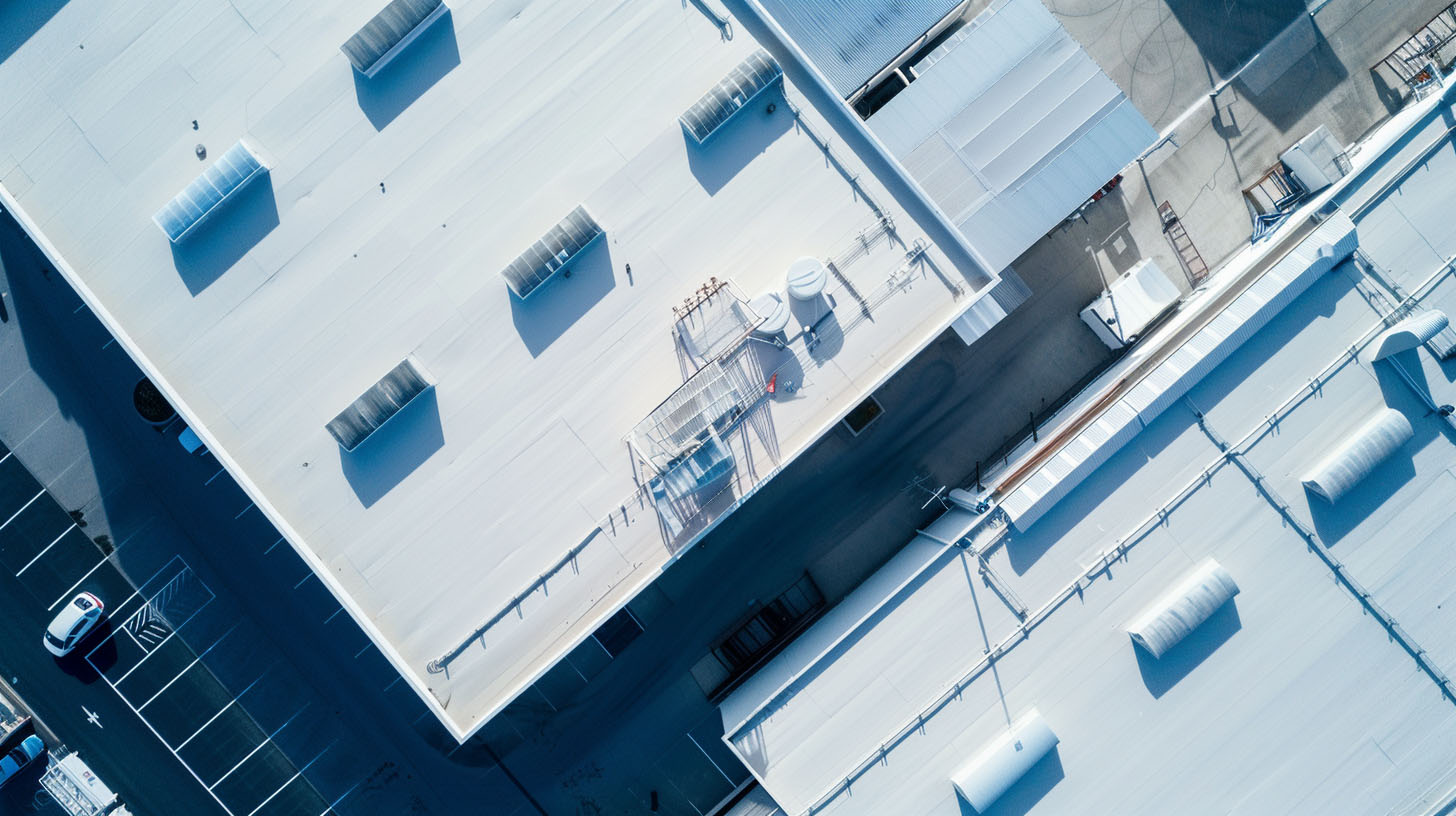The Benefits of Cool Roof Technology
Are you looking for a way to improve your building’s energy efficiency while battling Orange County’s sweltering heat? At Specialis Roofing & Repair, we believe cool roof technology might be the answer. Designed to reflect more solar energy and absorb less heat, a cool roof alleviates the strain on your air conditioning system and lowers overall energy costs. Whether for residential or commercial spaces, our innovative roofing solutions create a comfortable indoor environment and contribute to environmental well-being.
Understanding Cool Roof Technology
When discussing cool roofing, it’s essential to focus on how this technology utilises solar reflectance and thermal emittance to keep structures cooler. Cool roofs reflect sunlight back into the atmosphere, while efficiently emitting absorbed heat to prevent temperature spikes within the building below.
Unlike traditional roofing methods, cool roofs lower the amount of absorbed solar energy, stabilising indoor temperatures and reducing reliance on cooling systems. This makes an attractive solution, especially in hot climates.
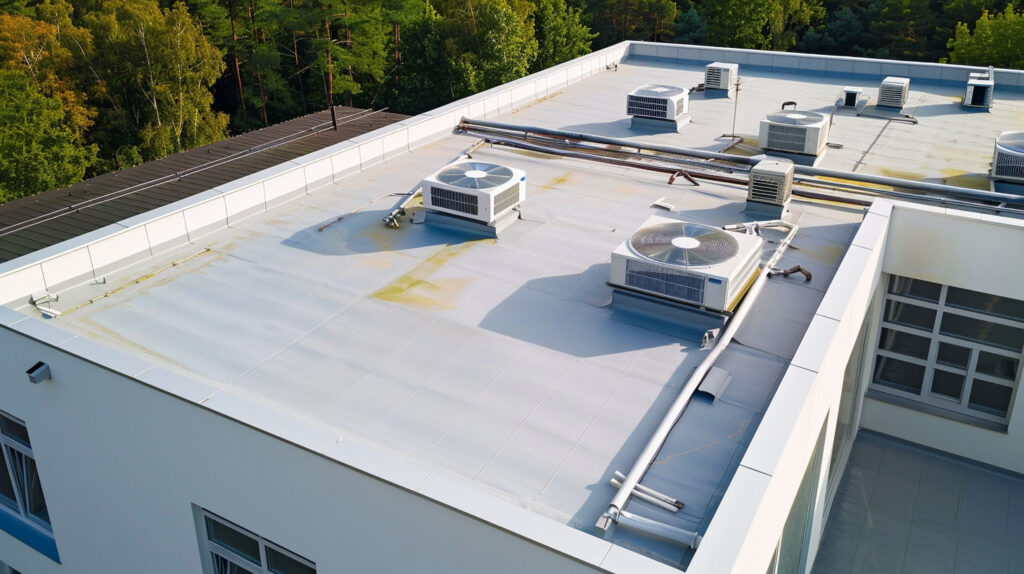
How Cool Roofs Work to Reflect Heat
Innovative cool roofs utilize high thermal emittance and solar reflectance properties to mitigate heat absorption. By employing specialized materials like infrared reflective pigments, these roofs maintain lower surface temperatures, significantly reducing the overall temperature of the building. This shift leads to decreased energy consumption, particularly in hot climates, allowing for enhanced energy efficiency and lower energy bills. As a result, cooling energy savings are maximized, supporting climate change mitigation efforts and contributing to the fight against the urban heat island effect.
Key Materials Used in Cool Roof Systems
Cool roof materials have revolutionized the roofing industry by incorporating cutting-edge designs and coatings that significantly enhance their effectiveness. These materials, ranging from traditional asphalt shingles to modern metal roofing, offer a wide array of options specifically engineered to maximize solar reflectance and reduce heat absorption.
In addition to their reflective properties, cool roof materials are designed to increase energy efficiency by keeping buildings cooler, reducing the need for excessive air conditioning and decreasing energy costs. By utilizing innovative technologies and sustainable practices, these advanced roofing materials not only contribute to environmental conservation but also provide long-term cost savings for property owners.
Primary Benefits of Cool Roofs for Homeowners
Cool roofs provide numerous advantages for residential and commercial building owners in Orange County, CA. One of the primary benefits is the significant savings on energy bills by reducing air conditioning demand during hot months. This energy efficiency not only benefits the building owners financially but also contributes to environmental sustainability.
Furthermore, cool roofs help extend the service life of roofing systems by minimizing thermal degradation caused by excessive heat exposure. By maintaining a lower roof temperature, these roofs improve the durability and longevity of the roofing materials, leading to cost savings on repairs and replacements in the long run.
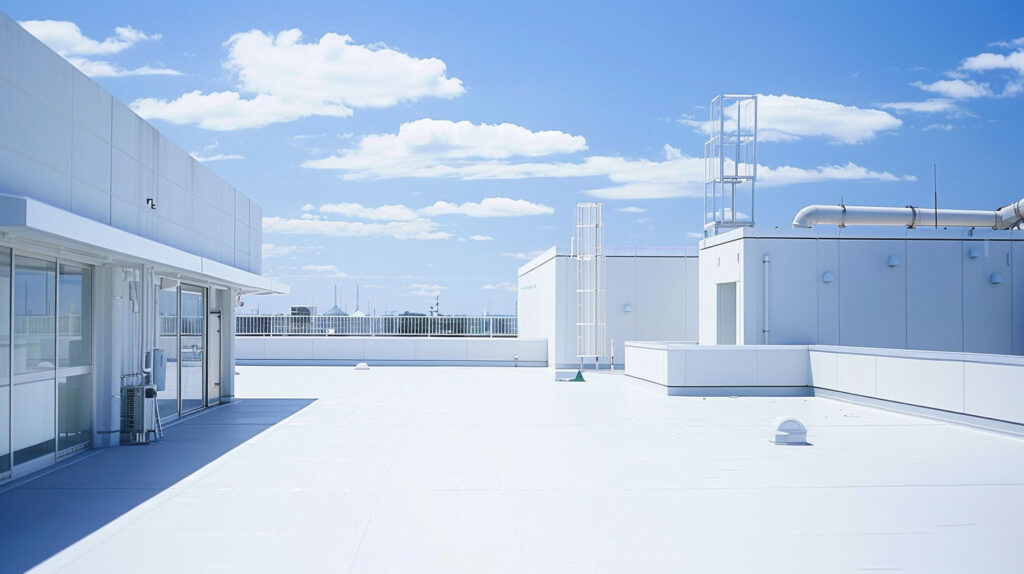
Enhanced Energy Efficiency and Lower Utility Bills
Improved Indoor Comfort During Hot Weather
Cool roofs significantly enhance indoor comfort by maintaining lower indoor temperatures, even during scorching summer days. Utilizing high thermal emittance and solar reflectance, these systems effectively deflect infrared radiation, reducing reliance on air conditioning. Consequently, homeowners experience a more comfortable living environment, minimizing heat-related stress and discomfort. By lowering surface temperatures, cool roofing products contribute to stabilizing indoor climates. This approach results in a healthier atmosphere, less mold growth, and improved air quality, ultimately enhancing the well-being of residents and reducing energy consumption.
Environmental Impact of Cool Roof Technology
Cool roofs provide more than indoor comfort and financial relief; positively impact the environment. By reducing greenhouse gas emissions, cool roofs lower dependence on fossil fuels for air conditioning systems, contributing to reduced air pollution.
Additionally, cool roofs help with climate change mitigation, enhancing energy usage responsibly. Compliance with cool roof requirements ensures sustainable practices in construction and retrofitting projects. Let’s explore their role in counteracting the urban heat island effect specific to Orange County.
Reducing Urban Heat Islands in Orange County, CA
Urban heat islands significantly impact areas like Orange County, CA. By integrating cool roof technology, cities can effectively combat the intense surface temperatures associated with dark roofing materials. These roofs utilize infrared reflective pigments and high thermal emittance to minimize heat absorption. As a direct result, urban heat island effect diminishes, leading to lower ambient temperatures. This transformation not only enhances comfort for residents but also mitigates the need for excessive air conditioning, contributing to reduced energy consumption and greenhouse gas emissions.
Lowering Carbon Footprint and Supporting Sustainability
Adopting cool roof technology significantly contributes to lowering carbon footprints, as these roofs reflect solar energy effectively. By utilizing high thermal emittance materials, minimize energy consumption during peak periods, leading to fewer greenhouse gas emissions. As building owners transition to cooler roofing systems, not only enhance energy efficiency but also support sustainability initiatives geared toward climate change mitigation. This shift allows for a smarter alignment with green building practices, fostering an environment that counters global warming concerns and reduces air pollution.
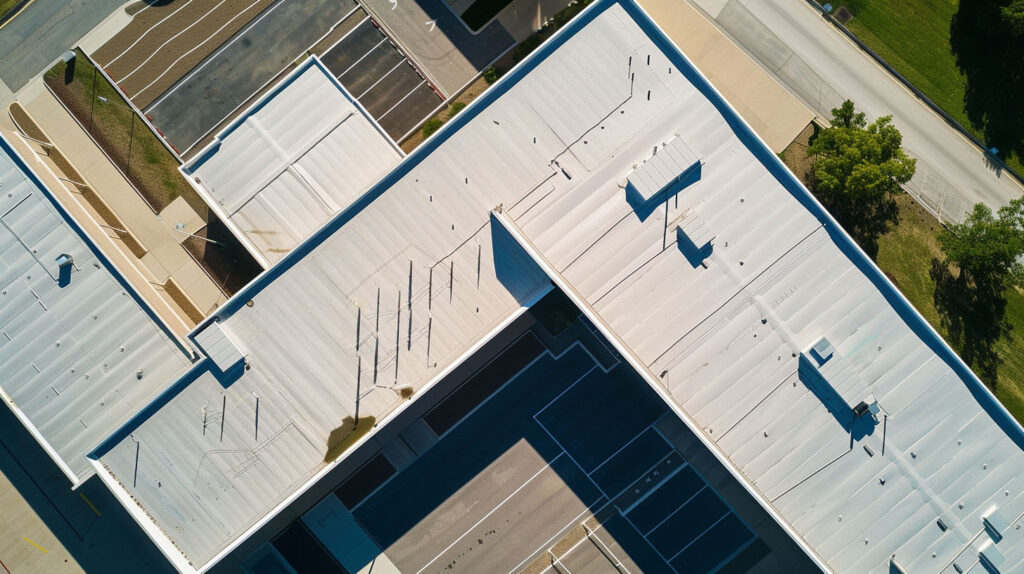
Connect With Us
Implementing cool roof technology significantly contributes to energy efficiency and climate change mitigation. By utilizing materials with high solar reflectance and thermal emittance, homeowners can benefit from reduced roof surface temperatures, leading to lower energy bills and improved indoor comfort. Additionally, cool roofs play a crucial role in combating the urban heat island effect, thereby lowering overall greenhouse gas emissions. As financial incentives increase, adopting this sustainable roofing solution can enhance property value while simultaneously fostering environmentally-friendly practices.
Frequently Asked Questions
What are the negatives of a cool roof?
Despite their advantages, cool roofs may increase heating demands during winter months, incur high retrofitting costs, or pose mold growth risks in some areas. Cooler climates and low roof slope installations may find limited benefits from such systems.
What are the effects of a cool roof?
A cool roof reflects more sunlight and absorbs less heat, leading to reduced energy costs, improved indoor comfort, extended roof lifespan, and mitigation of urban heat islands. It also lowers greenhouse gas emissions, making it a smart choice for economic and environmental benefits.
Read our blog: Flat Roofs vs. Pitched Roofs: Which Is Better for Your Home?


